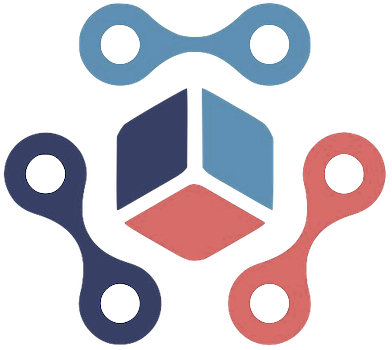The advent of artificial intelligence has revolutionized numerous sectors, yet the limitations of language models, particularly when grappling with extensive textual data, have been a persistent barrier. Alibaba Group has emerged at the forefront of this challenge with its newly unveiled QwenLong-L1 framework, a breakthrough that significantly enhances the reasoning capabilities of large language models (LLMs) by equipping them to process and analyze long-form documents. Unlike conventional language models that struggle past the 4,000-token ceiling, QwenLong-L1 promises to navigate through lengthy documents, such as comprehensive corporate filings, intricate financial records, and multifaceted legal texts, thus unleashing unprecedented potential for enterprise applications.
The backbone of this innovation lies in its strategic approach to training. Traditional models often falter when required to understand and reason with extensive text, leading to scope for errors or misinterpretations. Enterprise scenarios demand a model not only to process vast amounts of text but also to generate nuanced insights based on an entire context, a feat that QwenLong-L1 is adept at tackling.
The Mechanics of QwenLong-L1
At the heart of QwenLong-L1 is a structured, multi-stage training framework that aims to fortify LLMs in their journey from short-context reasoning to long-context reasoning. The initial phase, “Warm-up Supervised Fine-Tuning (SFT),” serves as a foundational step, where the model learns to grasp long-context reasoning through carefully curated examples. This preparatory groundwork is essential; it cultivates the model’s ability to understand context accurately, generate coherent reasoning chains, and extract relevant answers from an expanse of textual information.
The subsequent stage, “Curriculum-Guided Phased Reinforcement Learning (RL),” takes a strategic approach to training by progressively increasing the complexity and length of input data. This method prevents the kind of abrupt transitions that often destabilize models, allowing QwenLong-L1 to adjust its reasoning capabilities gradually. Such a phased approach is crucial, as it mirrors natural learning processes where gradual exposure to complexity yields better understanding and retention.
Finally, “Difficulty-Aware Retrospective Sampling” ensures that the model doesn’t shy away from the tougher questions. By prioritizing the most challenging examples from earlier training phases, QwenLong-L1 encourages a diversity of reasoning strategies, empowering the model to tackle complex queries with finesse and sophistication.
The Role of Reinforcement Learning
Reinforcement learning is a pivotal element of QwenLong-L1’s architecture. Unlike classic models that employ rigid, rule-based rewards for simple reasoning tasks, QwenLong-L1 adopts a hybrid reward system. This innovative mechanism combines traditional verification methods with a second model that assesses the semantic quality of responses, offering greater flexibility in understanding various ways of articulating correct answers. As a result, the framework responds more adeptly to the intricacies of long textual documents where the pathways to accurate conclusions can be circuitous and nuanced.
The application of QwenLong-L1 was rigorously tested through document question-answering (DocQA), a highly relevant task in enterprise settings. Achievements such as the QWENLONG-L1-32B model showing performance on par with established benchmarks like Anthropic’s Claude-3.7 Sonnet Thinking highlight the promising capabilities of this framework. Furthermore, the smaller QWENLONG-L1-14B model demonstrated a competitive edge over prominent models like Google’s Gemini 2.0 Flash Thinking.
Practical Implications for Enterprises
The implications of QwenLong-L1 extend far beyond academic curiosity; they resonate deeply with real-world applications across various industries. In legal tech, the capacity to sift through thousands of pages to extract pertinent information can streamline processes that are currently labor-intensive and prone to human error. In finance, sophisticated analysis of annual reports can unveil risks or opportunities that might otherwise remain hidden amidst mountain ranges of data.
Moreover, the intersection of QwenLong-L1 capabilities with customer service strategies presents profound opportunities. An AI that can analyze extensive customer interaction histories can transform customer care from reactive to proactive, allowing companies to address issues with informed precision.
Fundamentally, QwenLong-L1 represents a paradigm shift in how we perceive AI’s capabilities. By bridging the gap between simple textual processing and meaningful comprehension of complex documents, Alibaba Group has not only enhanced the functionality of LLMs but has also laid the groundwork for future innovations in various sectors reliant on deep research and data analysis. The open-sourcing of QwenLong-L1’s code and model weights will further catalyze its integration into diverse applications, marking a promising leap forward in AI technology.

